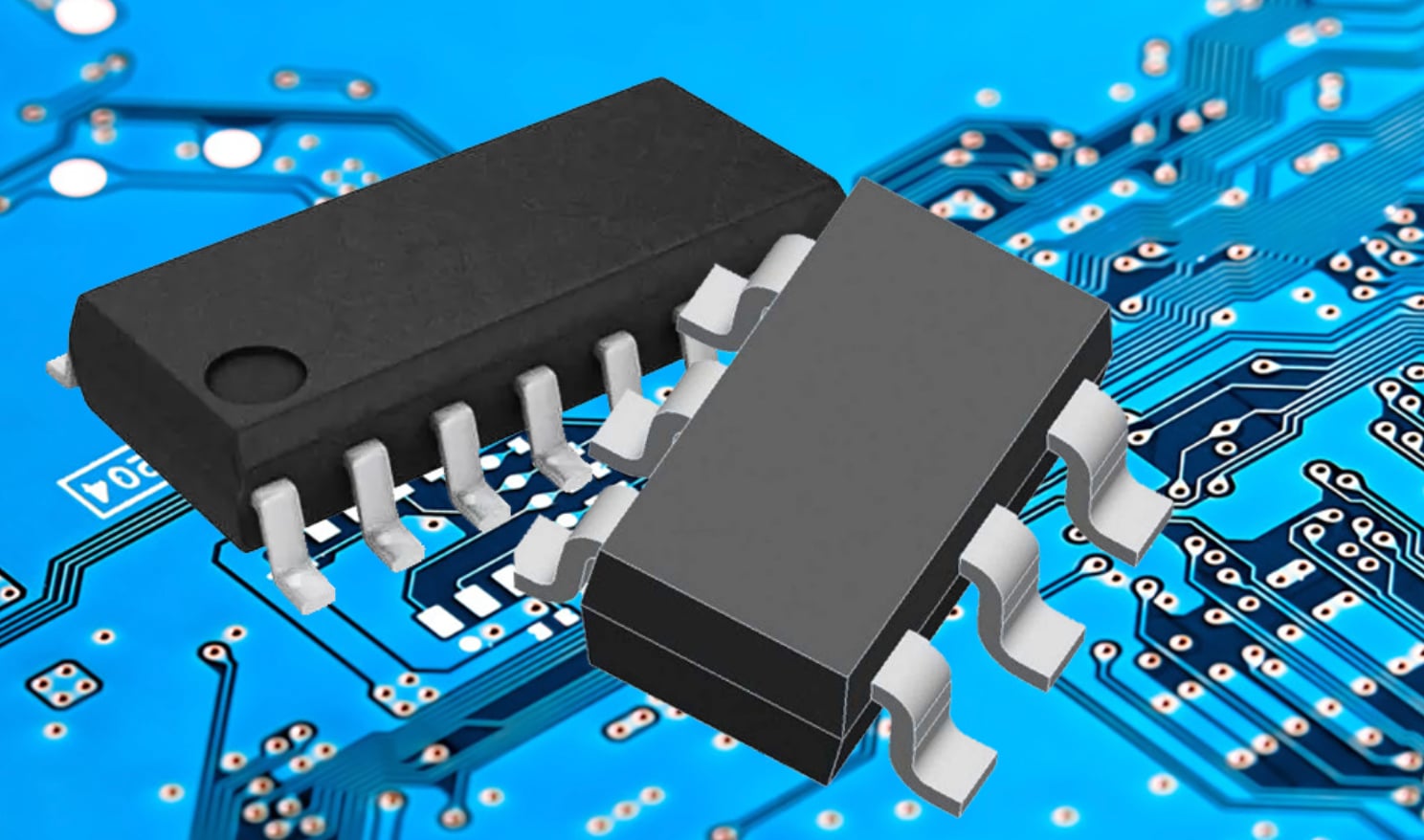
What is LED Driver PCB?
A specific kind of circuit known as LED driver PCB is made for managing and regulating the power distributed to LEDs. Offering the ability to control the flow of electricity to guarantee the highest possible luminosity, lifespan, and effectiveness of the LEDs makes these circuit boards an essential part of LED lighting solutions. LED Driver PCBs use integrated circuits, rectifier devices, and transformers, among other parts, to convert electrical energy, keep the current or voltages steady, and shield LEDs from fluctuations. These PCBs are essential for a variety of LED lighting uses to function consistently and dependably.
Functionality of LED Driver PCB
- Conversion of Power: The task of converting inbound electrical energy into the correct format needed for effective LED functioning falls upon the LED PCBs. This usually entails converting electricity from alternating current (AC) to direct current (DC), which is the typical LED power source.
- Continuous Voltage or Current Management: A steady and controlled voltage and current delivery to the LEDs is made possible because of LED driver PCBs. It is imperative to preserve a consistent flow of current to provide constant illumination and avoid current overload that might harm the LEDs.
- Protective Measures: To prevent damage to the LEDs that come as a result of current overload, fluctuations in voltage, and other types of electrical abnormalities, the LED driver PCB features multiple safety measures. Protective devices prolong the life of LEDs by minimizing possible damage.
- Dimming Mechanism: Users can modify the light intensity of the LEDs to suit their needs by using the dimming management functions often found in LED driver PCBs. This functionality is necessary if you want different light settings in your usage.
- Maximizing Effectiveness: LED Driver PCBs aim to optimize LED lighting installations’ efficiency in terms of energy usage. To further contribute to the longer-term viability of LED technology, these mechanisms assist in lowering heat production and energy utilization.
- Suitability for Control Frameworks: Modern home automation frameworks and other exterior systems for control might be interoperable with LED Driver PCBs in sophisticated lighting installations. This permits remote management, coordination with other equipment, and connection to configurable lighting settings.
- Controlling the Temperature: Since LEDs are temperature-sensitive, too much heat might cause them to operate poorly. To ensure that the LEDs are performing at their best, an LED driver PCB usually comes with thermal monitoring and management capabilities that track and regulate the ambient temperature.
Methods for Designing LED Driver PCB
Designing an LED driver PCB consists of various critical steps to ensure that the circuit board is manufactured correctly. By observing and following these methods and techniques, the LED Driver PCB manufacturer ensures that all the circuit boards perform efficiently and protect the LEDs.
- Technical Specifics of the LED: Find out first what the LEDs the driver PCB is going to power are capable of. This covers specifications supplied by the LED maker, such as forwarding voltages, forwarding current, and any other particulars.
- Energy Specifications: Find out how much electricity the LED panel will consume. In addition to considering the intended LED driver’s effectiveness, determine the overall electrical consumption. This data will guide considerations on the kind of energy conversions and management required.
- Control Strategy: Select the way the LED driver PCB will be controlled. A voltage that remains constant and steady current might require to be regulated by feedback devices. Moreover, choosing between either digital or analog approaches to control might be necessary.
- Element Choice: The next essential step is to choose premium parts that meet or exceed the compatibility requirements in accordance with the LED driver PCB. Select effective inductors, capacitors, and other parts essential to the energy-converting procedure.
- Circuit Board Layout: Create a PCB layout design that is most effective by considering signal routes, heat concerns, and component arrangement. To lessen interference from electromagnetic waves, ensure the parts are spaced sufficiently apart, decrease trace sizes, and utilize suitable surface platforms.
- Examining and Simulation: Before the LED driver concept is put into bulk manufacturing, evaluate it using tools for simulation. Conduct simulations to assess the system’s performance in various operating scenarios and ensure its layout satisfies your requirements. This ensures that the driver’s PCB will stay caught up when put into actual use.
Initiating Prototype Creation:
- Construct operational models for the LED driver circuit board so practical testing can be done.
- Examine the driver’s dependability, effectiveness, and efficacy in various situations.
- Make modifications and enhancements depending on the results of the inspections to optimize the PCB better before it goes for manufacturing.
Observance of Minimum Standards: The LED driver PCB manufacturer is also responsible for checking that the layout and design of the LED driver satisfy all applicable performance and safety requirements. To ensure that the working model is suitable for usage, it might be necessary to assess it against market standards and relevant laws.
Record Keeping:
Lastly, keeping a detailed record of the LED driver designs and other specifics observed during the designing phase is critical. Produce design documents containing assembly sketches, bills of supplies for the various components, PCB schematics, and blueprints. Manufacturing, problem-solving, and future alterations are all made easier with adequate documentation containing details to avoid confusion.
An LED driver PCB is essential for optimizing the functionality and life cycle of an LED Panel or other type of LED lighting framework. Given the vast variation of LED lighting manufacturers & Solution of these drivers need to modify their solutions to match the varying needs. To simplify this process, they must understand the exact requirements and tailor the circuit boards such that the condition of every kind of lighting solution is met.

